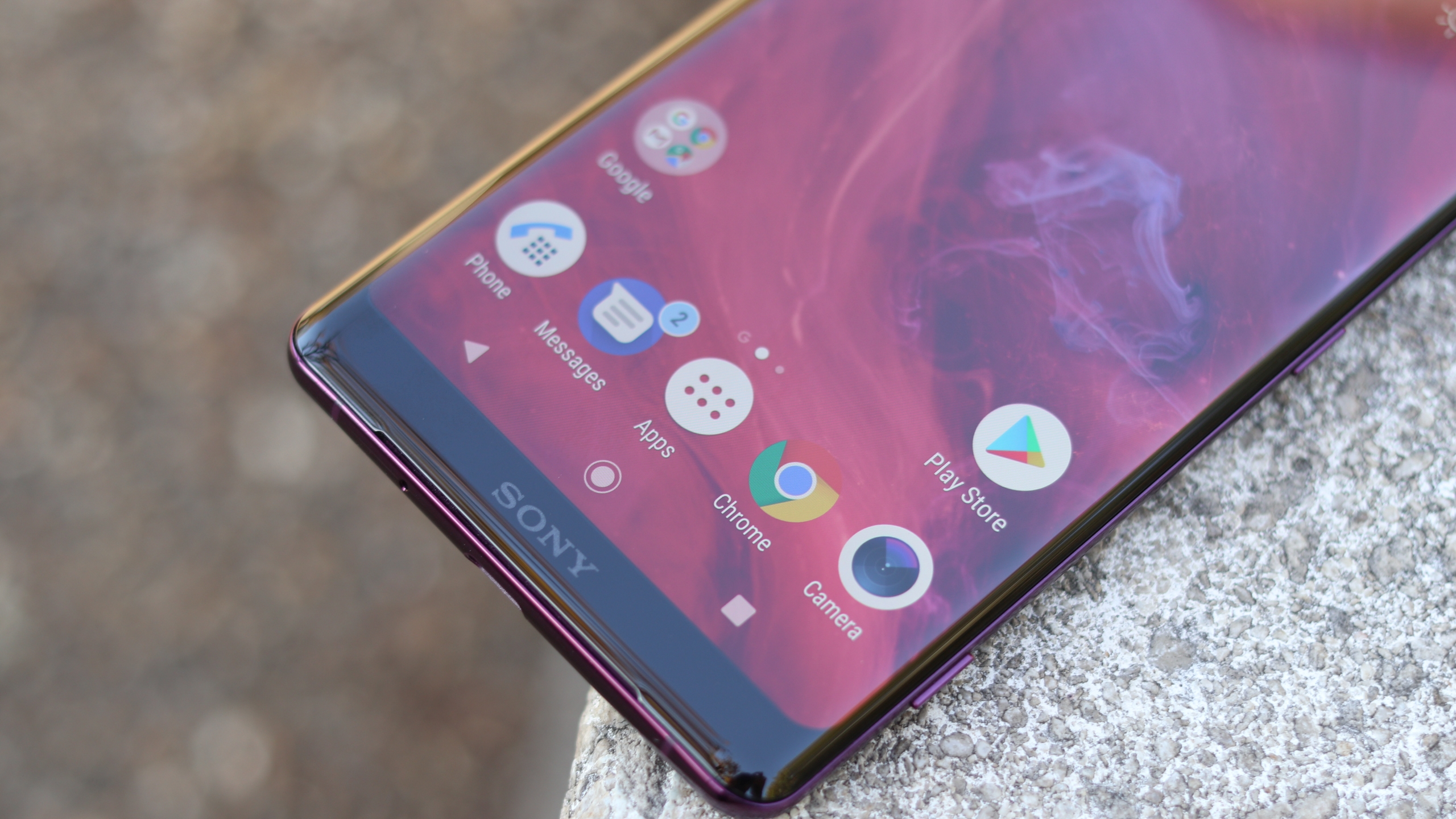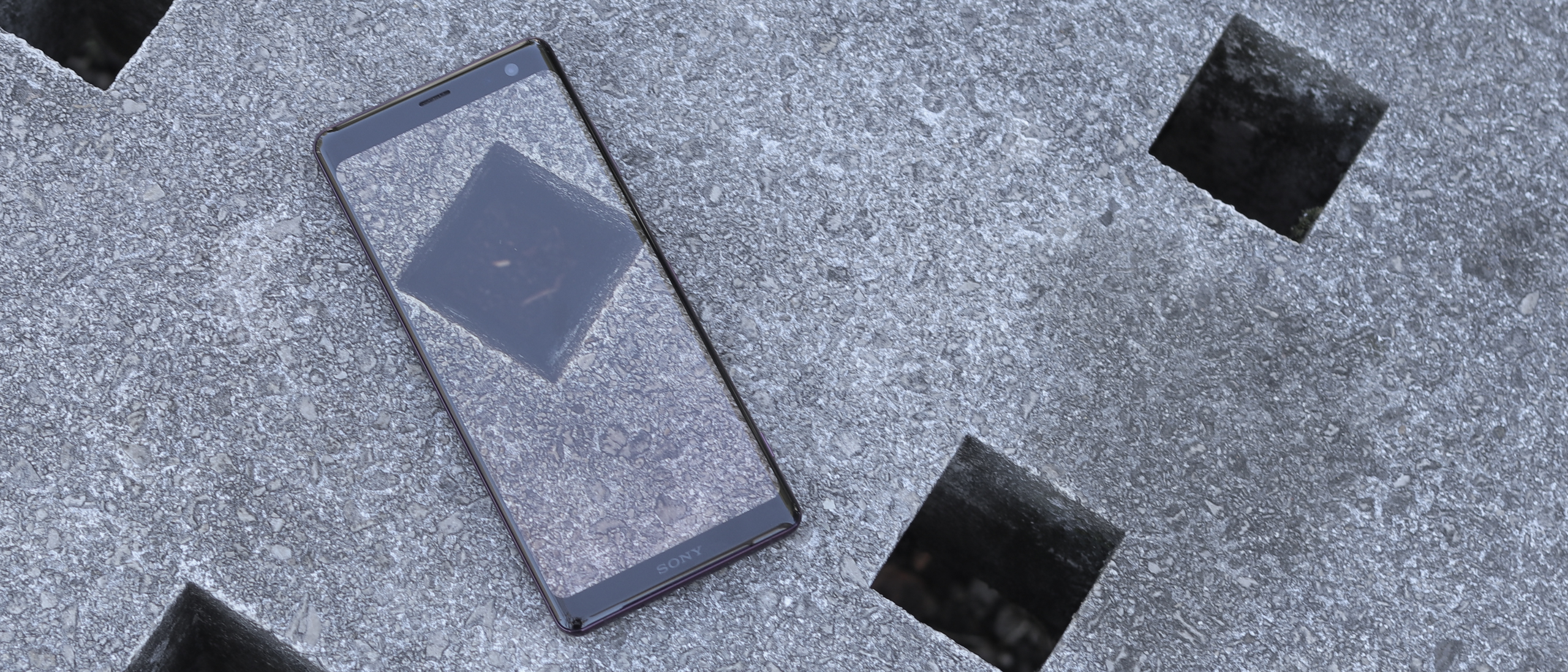TechRadar Verdict
The Sony Xperia XZ3’s jaw-dropping OLED screen is a huge accomplishment and sees the company leapfrog LG and Samsung with its first OLED effort. As for the rest of the phone, things are less clear-cut. A combination of a misplaced fingerprint scanner, some frustrating software and a good, but not excellent, stills camera prevents the XZ3 from being a must buy. That is unless you spend your entire mobile life watching videos.
Pros
- +
Incredibly good screen
- +
Feels and looks premium
- +
4K HDR video is excellent
Cons
- -
Fingerprint scanner placement is awkward
- -
The camera is good, not great
- -
New UI features stutter and misfire
Why you can trust TechRadar
Sony is a force to be reckoned with in the tech world. The Japanese icon’s TVs and cameras have been making waves over the last few years, and its high-end headphones are incredibly easy to recommend, with their balanced sound and excellent noise cancelling.
This success however hasn’t been replicated across the board. In a crowded smartphone market, Sony’s flagship Xperia XZ1 and Xperia XZ2 made little more than a ripple when they were announced.
Now, with the Xperia XZ3, Sony hopes to change that, and for the first time in a long time, we’re convinced it’s onto something incredible – specifically its Bravia OLED screen technology for mobile.
Made by Sony, the OLED screen comes together with the latest chipset from Qualcomm and a very elegant, albeit familiar design. It’s clear that this is Sony’s best smartphone to date – but can it compete with the likes of the Samsung Galaxy S9 and iPhone XS?
Price and availability
- Out October 5 in the UK
- Out October 17 in the US
- Costs £699/$899 (around AU$1,260)
If you want to buy the Sony Xperia XZ3, you’ll be able to do so from today in the UK and October 17 in the US. We don’t currently have a release date for Australia, but as the Sony Xperia XZ2 came to that market we’d expect this phone will as well, and quite speedily.
You can pre-order the phone now in the UK, and if you do you’ll get free access to the beta of Call of Duty Black Ops 4, and you’ll even get a free copy of the game when it’s released too.
Pre-orders are also open in the US and early buyers can snag a free pair of Sony Xperia Ear Duo headphones with the handset.
Sign up for breaking news, reviews, opinion, top tech deals, and more.
In the UK the Sony Xperia XZ3 price is set at £699. In the US it costs $899.

Key features
- Loud stereo speakers and High-Res audio support
- Top-end Snapdragon 845 chipset
- An OLED Sony screen for the first time on a phone
The Sony Xperia XZ3 is powered by a Snapdragon 845 chipset, paired with 4GB of RAM and 64GB of internal storage. It has microSD support of up to 512GB, and the 3,330mAh battery is paired with Sony’s Battery Care optimizations and wireless charging.
Sony has also retained IP68 water- and dust-resistance in its flagship series, and has protected the front and back of the phone with Gorilla Glass 5.

The 6-inch 18:9 screen introduces Sony’s OLED technology to mobiles, which pairs with QHD+ resolution and Sony’s proprietary HDR up-conversion software.
Sony has also retained the 1/2.3-inch Exmor RS camera sensor found on the XZ2, complete with the same f/2.0 lens and digital image stabilization.
Video specs also remain the same, with highlights including 960fps super slow-motion video and 4K HDR recording. Selfies can be taken on the 13MP front camera, which has a new bokeh mode for software-applied background blur and improved digital stabilization.
Sound credentials are also impressive, with High-Res Audio support and Sony’s LDAC codec improving audio quality through wireless headphones. A USB Type-C to 3.5mm jack adaptor is supplied in the box, while the stereo speaker with S-Force Front Surround promise to be significantly louder than those of the XZ2.
Finally, with the Xperia XZ3 offering download speeds of up to 1.2Gbps, and Bluetooth 5 on board, connectivity options are competitive too.
Design
- Striking color options
- Chunky and heavy but still feels elegant and comfortable
- No 3.5mm headphone port
From the front, you’d be forgiven for thinking that the Sony Xperia XZ3 was a Samsung Galaxy S8 or Galaxy S9. Curved-edged OLED – what other mainstream phone could it be? That said, flip it around and it’s almost a carbon copy of the Xperia XZ2.
Much of what was good about the XZ2 from a design point of view has made a return: IP68 water resistance, Gorilla Glass 5 on the front and the back, and an 18:9 aspect ratio screen, coupled with stereo speakers and no notch in sight.

The curved display adds a visual and in-hand elegance to the design. Color options consist of Black, White Silver, Forest Green and Bordeaux Red. The latter two are the most striking, with Bordeaux Red being the most attention-grabbing of the four.
A stronger metal has also been used in the construction of the XZ3’s frame, resulting in a sturdy device that looks and feels premium.
Our Xperia XZ3 hasn’t had a case on it, and it has picked up a few noticeable scratches on its back at its thickest point. Curved on both axes, it isn’t surprising that the outermost part of the glass back is most susceptible to scuffs, as it’s the only part of the phone in contact with a resting surface.
It’s just a bit heart-breaking that you’ll have to cover it up if you want to keep your Bordeaux Red XZ3 looking pristine – but that’s just the way it is.
Having said that, the high-polish metal frame hasn’t picked up a single scuff, which is impressive, and in particular shows up our ravaged iPhone X and its scratch-magnet stainless steel banding.

Weighing 193g, the XZ3 isn’t light. It’s heavier than the bigger-screened Samsung Galaxy S9 Plus, although coming in at around 10 grams less than the Galaxy Note 9 and iPhone XS Max, neither is it the heaviest phone around – 236g Sony Xperia XZ2 Premium, we’re looking at you.
The Xperia XZ3 is also 9.9mm at its thickest point, so isn’t particularly slender, though thanks to its tapered design it still feels elegant and comfortable to hold, more so than the thinner XS Max.
Disappointingly – and we called Sony out on this when we reviewed the XZ2 – the camera is still where the fingerprint scanner should be on the XZ3.
With both these elements being too low, a fumbling finger trying to unlock the phone almost always veers first towards the camera lens, then down to the fingerprint scanner. This makes for a grubby snapper more often than not.
Other design highlights include a SIM card/microSD card tray that can be removed without a SIM eject pin, and a physical camera button. Meanwhile, the lone USB-C port and lack of a 3.5mm headphone jack may not be to everybody’s tastes, although a 3.5mm to USB-C dongle is supplied in the box.

All in all, while certainly not perfect, the Sony Xperia XZ3 is a very attractive, elegant smartphone that’s available in some striking colors and showcases a jaw-dropping screen.
Display
- Possibly the best smartphone screen ever made
- 6-inch, 1440 x 2880 OLED screen
Flat, washed-out, mediocre viewing angles, mismanaged blues… these are all criticisms hurled at Sony flagship TFT LCD screens over the last five years. Now Sony has gone OLED, and everything has changed.
Because it’s all about quality, that’s where we’re going to start. The depth of the blacks here, the balance of realism and vibrancy in YouTube videos specifically, the breadth of the tones this screen portrays… side by side with the iPhone XS and the Galaxy Note 9, playing the same Full HD YouTube content, we’d pick the XZ3 every single time.
Why? Because its colors feel more dynamic, and it picks up details the other two screens don’t – in short, it’s just better.
So the XZ3 is the best phone for YouTube – which is a big deal, as that’s what more people are spending more time watching.
The reason for this isn’t just how the display looks – the XZ3 also gives you resolution options that neither the iPhone XS or Note 9 support, up to 1440p, 60fps in HDR, with the Note 9 only going up to 1080p with HDR and the iPhone not even specifying HDR at the time of writing.

In the settings, there are options to fire up video enhancements or change your color mode. Video enhancements take effect across YouTube and Netflix, not just the native video application, boosting saturation and tweaking contrast.
The default setting is beautifully measured for the rest of the UI, with more natural vibrancy and contrast levels than you might find on competing smartphones.
You even notice the excellence of the Sony Xperia XZ3’s screen when performing day to day tasks – finding your WhatsApp wallpaper looking that bit better than it looked on your old phone, and that app loading screen you never really noticed before. We’d be very surprised if Apple isn’t eyeing up Sony for future iPhone OLEDs.
With its 6-inch screen, the XZ3 sits between the iPhone XS and iPhone XS Max in terms of size. Unlike Apple’s and Huawei’s flagships, the XZ3 doesn’t feature a notch, opting instead for a rectangular OLED with curved edges and rounded corners, a la Samsung.
At 1440 x 2880 it’s sharper than the new iPhones, at 537 pixels per inch vs 458 pixels per inch. This is more of a revelation than it sounds for long-time Sony followers – the company has finally bridged the gap between its not-quite-sharp-enough Full HD flagships of old and its overkill 4K Premium series.
Pair those screen enhancement wins with HDR upscaling, Sony’s TRILUMINOS Display for mobile, X-Reality, and Dynamic Contrast Enhancer – all proprietary software to help improve the image – and while we can’t necessarily tell you which one makes the biggest difference, they all come together in visual harmony with the XZ3’s hardware to produce what could be the best smartphone screen ever made.

Basil Kronfli is the Head of content at Make Honey and freelance technology journalist. He is an experienced writer and producer and is skilled in video production, and runs the technology YouTube channel TechEdit.
